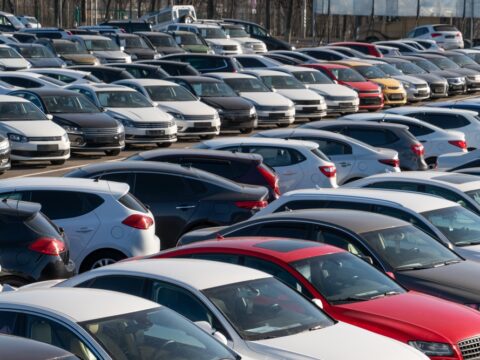Pumping gas seems like a routine task, but it’s easy to make dangerous mistakes that can compromise safety. From leaving the engine running to using a cell phone, these common errors can lead to serious consequences. Knowing what to avoid can help ensure a safe and smooth refueling experience.
Contents
Leaving the Engine Running
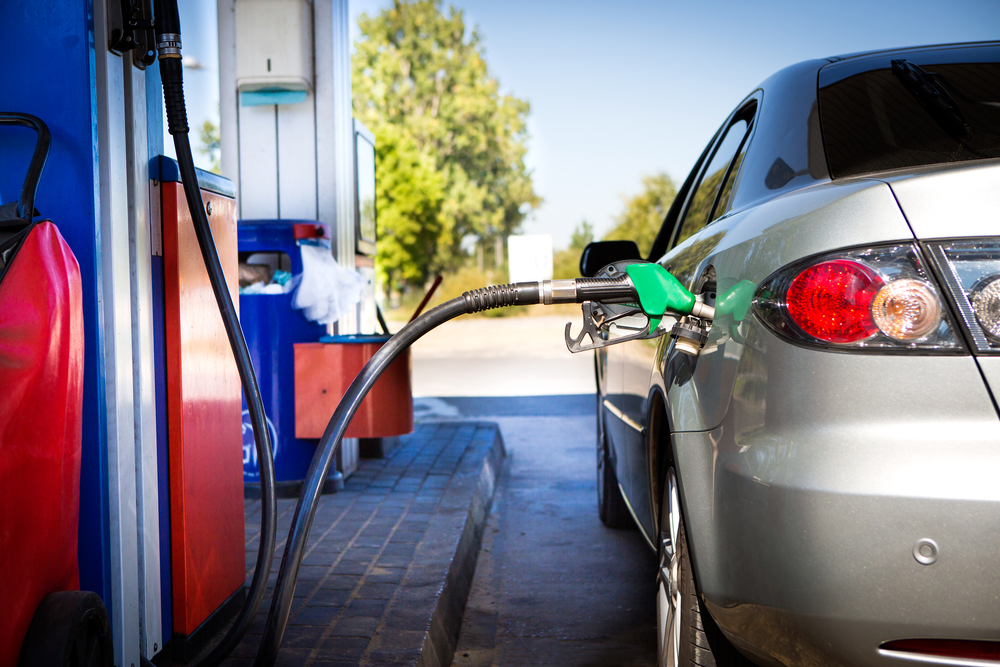
Leaving the engine running while pumping gas significantly increases the risk of fire. The heat generated by the engine, combined with gasoline fumes, can create a highly flammable environment. This is especially dangerous in warmer climates where temperatures can exacerbate the risk. Always turn off the engine to minimize this risk and ensure a safe refueling process.
Smoking or Being Near an Open Flame
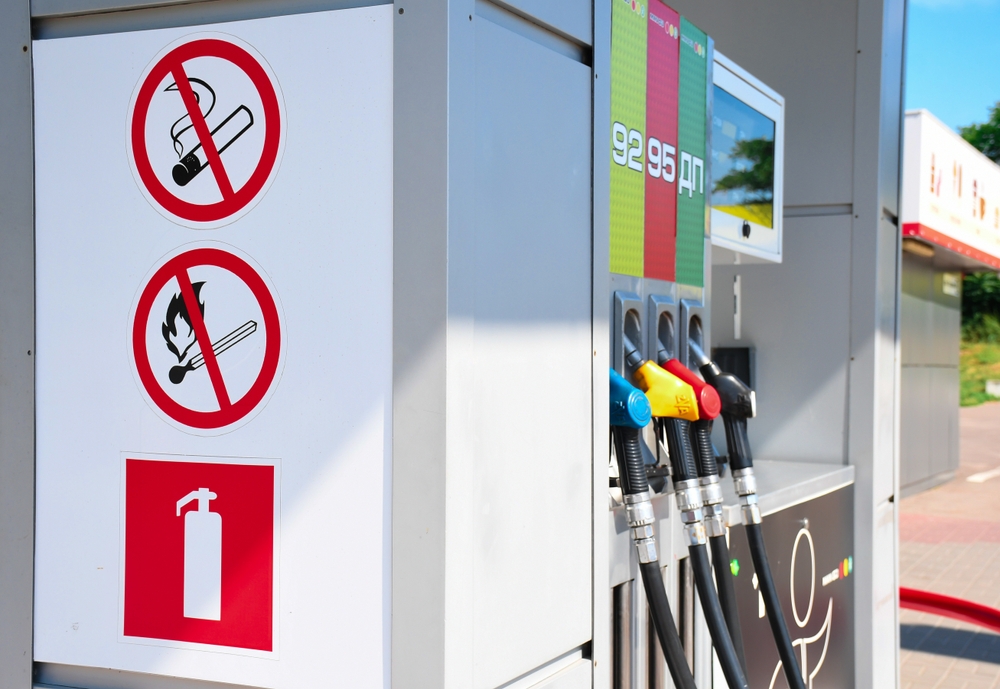
Smoking or being near an open flame while pumping gas is extremely hazardous. Gasoline vapors are highly flammable, and even a small spark from a cigarette can ignite these fumes, leading to a fire or explosion. Gas stations are designed with strict safety protocols to prevent such incidents, and adhering to these guidelines is crucial to ensure safety for everyone in the vicinity.
Using a Cell Phone
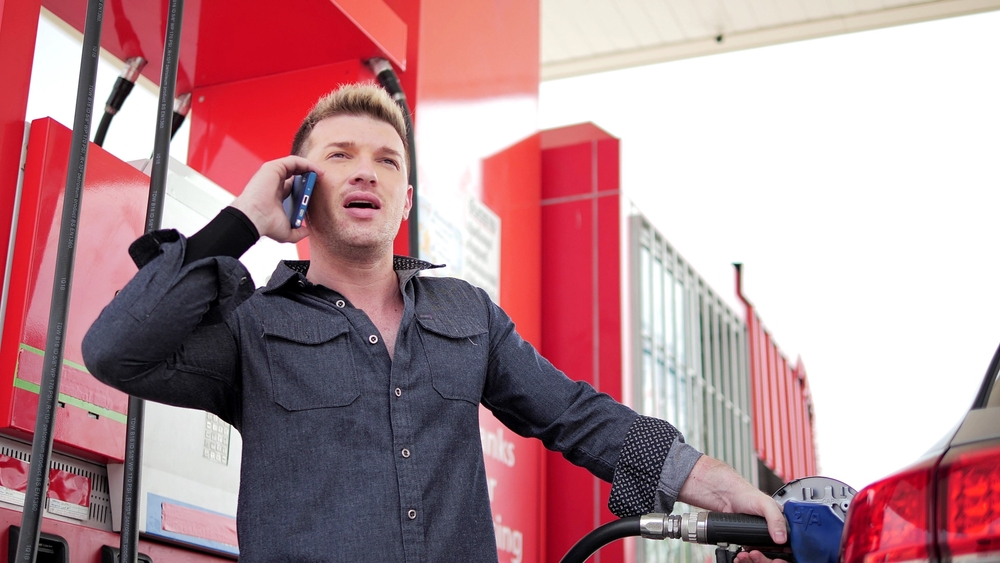
Using a cell phone at the gas pump can be distracting and potentially dangerous. Although the likelihood of a cell phone causing a spark is low, the distraction it causes can lead to spills or other accidents. Paying full attention to the refueling process helps prevent overfilling, and spillage, and ensures that you respond promptly to any issues that might arise.
Leaving the Nozzle Unattended
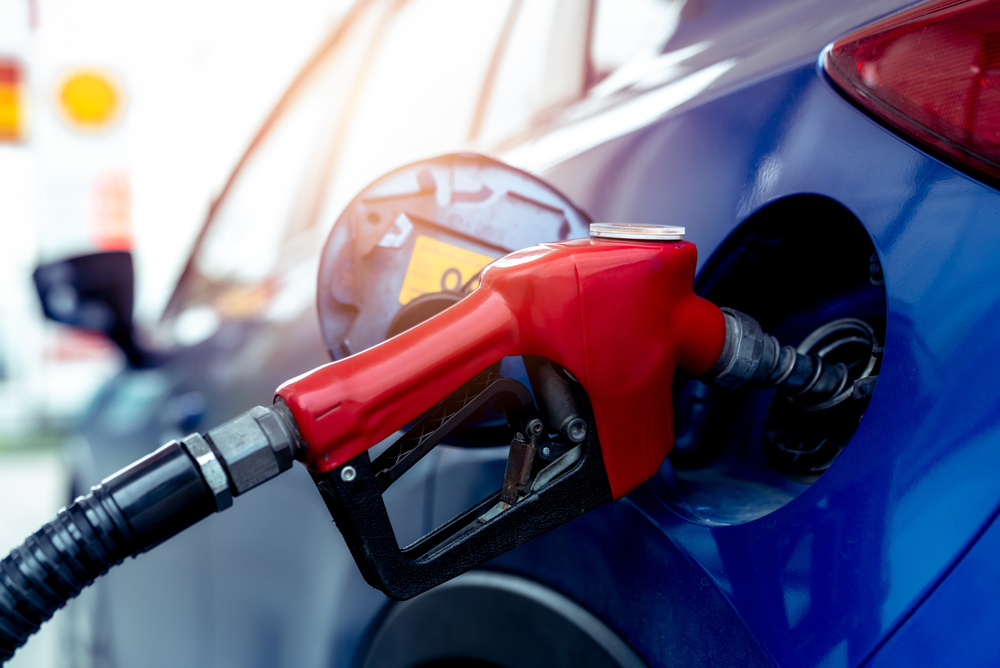
Leaving the nozzle unattended during refueling can result in overfilling or fuel spills. Gasoline is a hazardous substance, and spills can create slippery surfaces, increasing the risk of falls and accidents. Additionally, fuel spills can harm the environment by contaminating soil and water sources. Always stay with your vehicle and monitor the refueling process to prevent these issues.
Ignoring Safety Warnings and Instructions
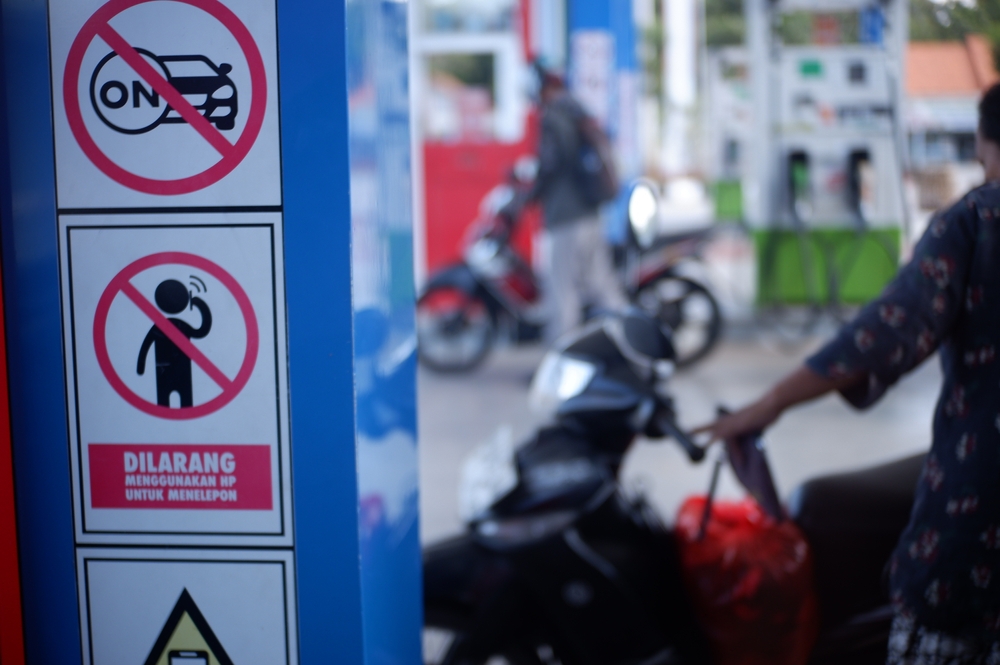
Ignoring the safety warnings and instructions posted at gas stations can lead to dangerous situations. These warnings are designed to inform you of potential hazards and the proper procedures for safe refueling. Disregarding them can increase the risk of accidents, such as fires or spills, that can have serious consequences. It’s essential to read and follow these guidelines to ensure your safety and the safety of others.
Overfilling Portable Fuel Containers
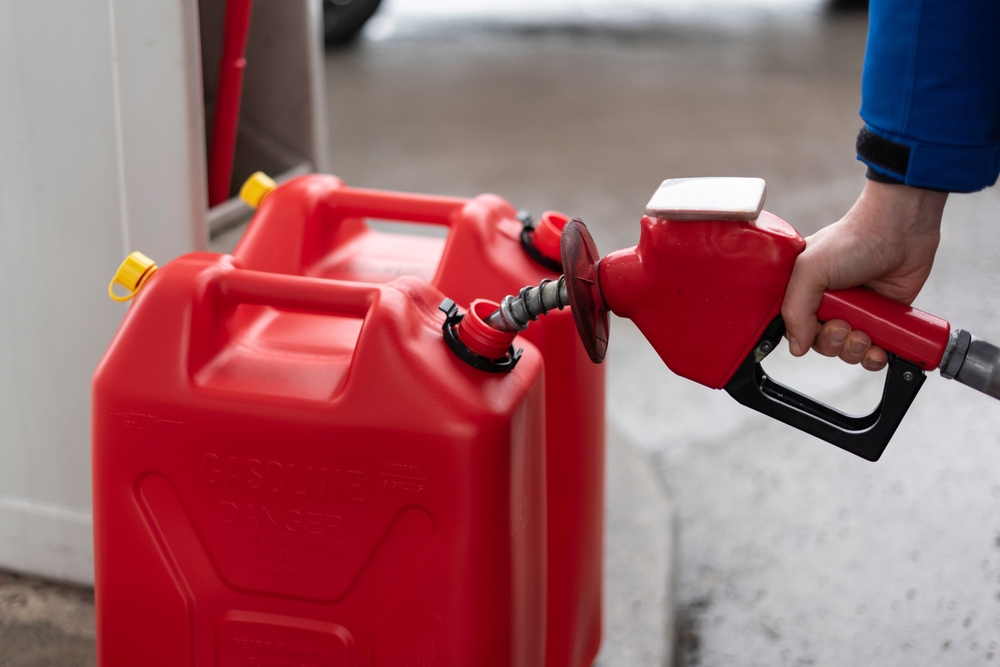
Overfilling portable fuel containers can cause spills or the release of gasoline vapors, both of which are highly flammable. These containers should only be filled to the recommended level to prevent accidents. Always use containers that are specifically designed for fuel storage and never fill them inside the vehicle. This reduces the risk of igniting gasoline vapors and ensures safe transportation and storage of fuel.
Failing to Ground the Fuel Container
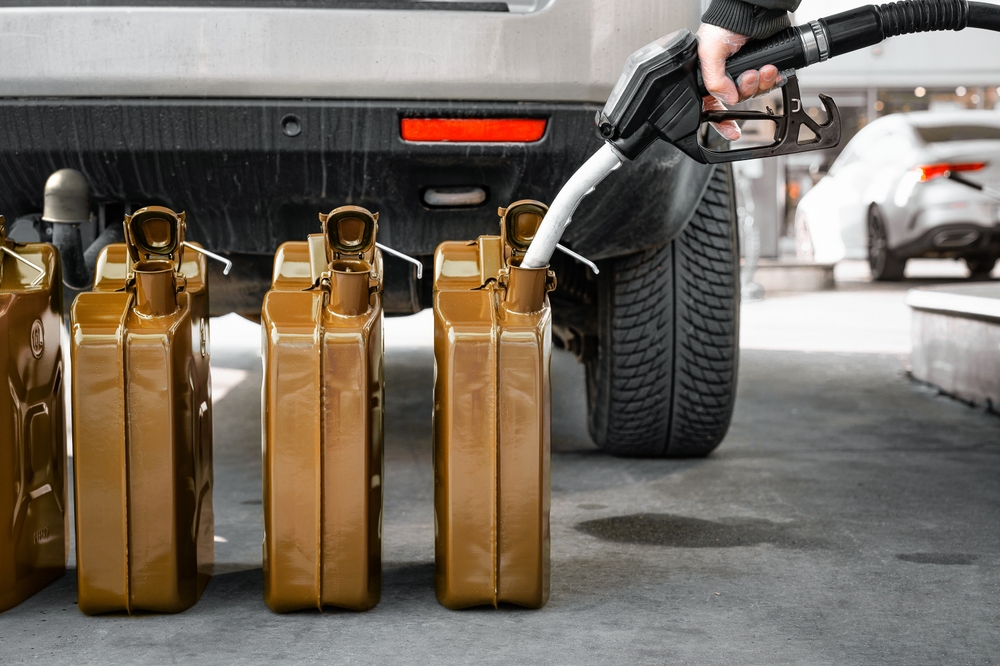
When filling a portable fuel container, it’s important to place it on the ground rather than in a vehicle bed or trunk. Grounding the container helps prevent static electricity buildup, which can ignite gasoline vapors. Static electricity can build up from the friction between the container and the vehicle, posing a serious fire hazard. Always place the container on the ground to dissipate static charge safely.
Not Using Approved Containers
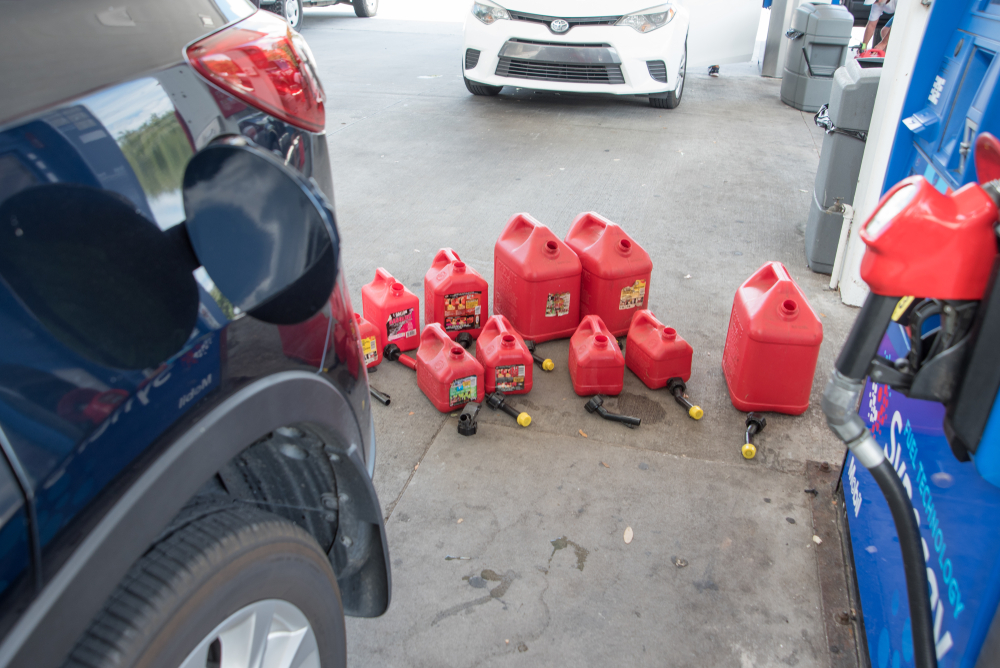
Using containers not approved for gasoline storage can lead to dangerous leaks and spills. Approved containers are specifically designed to handle gasoline and its vapors safely. Non-approved containers may not be able to withstand the corrosive properties of gasoline or the pressure from vapors, increasing the risk of spills and accidents. Always use containers that meet safety standards for fuel storage.
Getting Back Into Your Vehicle During Refueling

Getting back into your vehicle while refueling can build up static electricity. When you return to the pump and touch the nozzle, the static discharge can ignite gasoline vapors, causing a fire. To avoid this, always stay outside your vehicle while refueling. If you must get back in, touch a metal part of your car away from the fuel tank before resuming refueling to dissipate any static buildup.
Topping Off the Tank
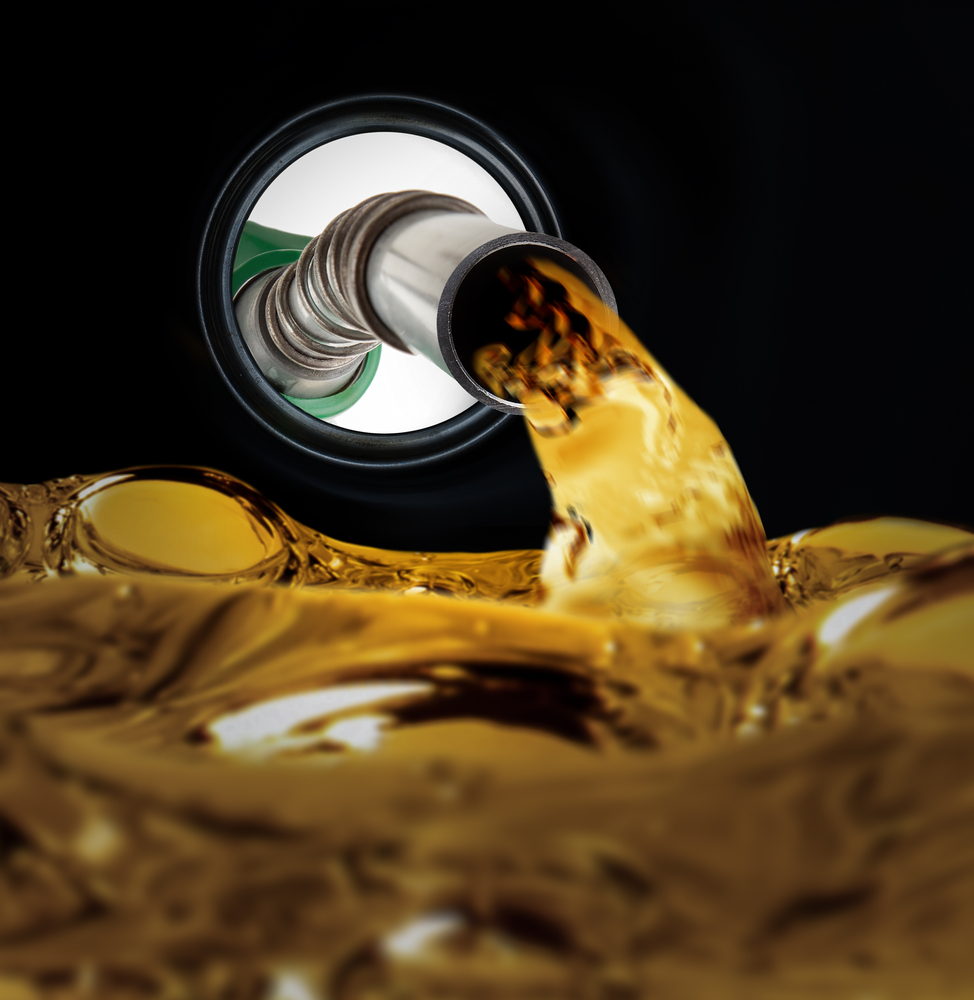
Topping off the tank after the pump has automatically shut off can lead to fuel spills. The extra fuel can overflow, causing environmental damage and creating a fire hazard. Additionally, overfilling can damage the vehicle’s vapor recovery system, leading to increased emissions and potential repairs. Trust the pump’s automatic shutoff to prevent overfilling and ensure a safe refueling process.
Using the Wrong Type of Fuel
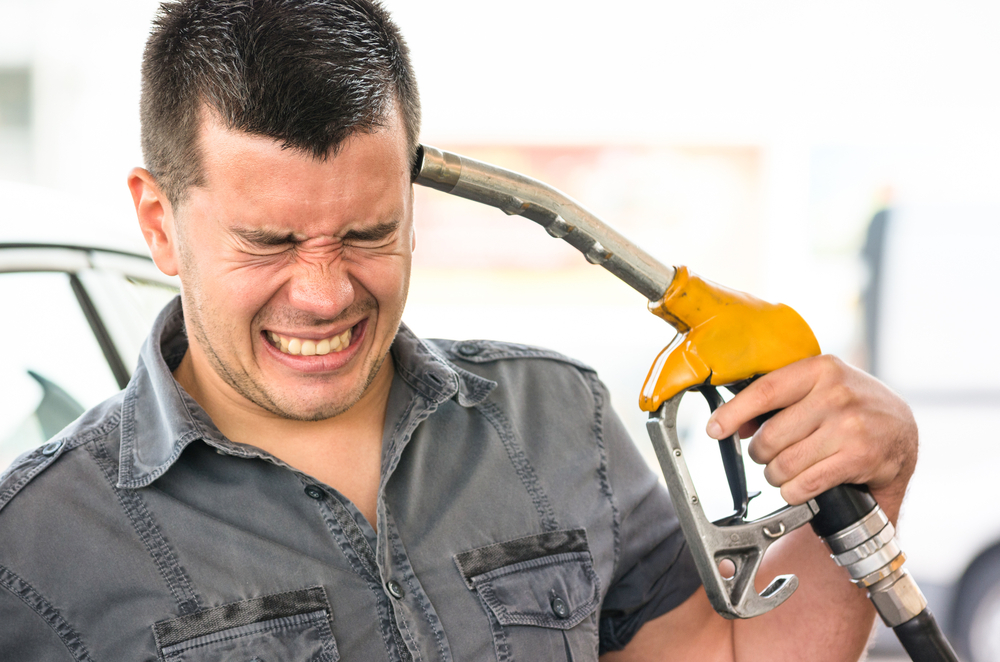
Using the wrong type of fuel can damage your vehicle’s engine and emissions system. This mistake can lead to costly repairs and reduced vehicle performance. Always double-check the fuel grade and type specified for your vehicle. Using the correct fuel ensures optimal engine function and helps maintain your vehicle’s longevity and efficiency.
Pumping Gas in Poorly Ventilated Areas
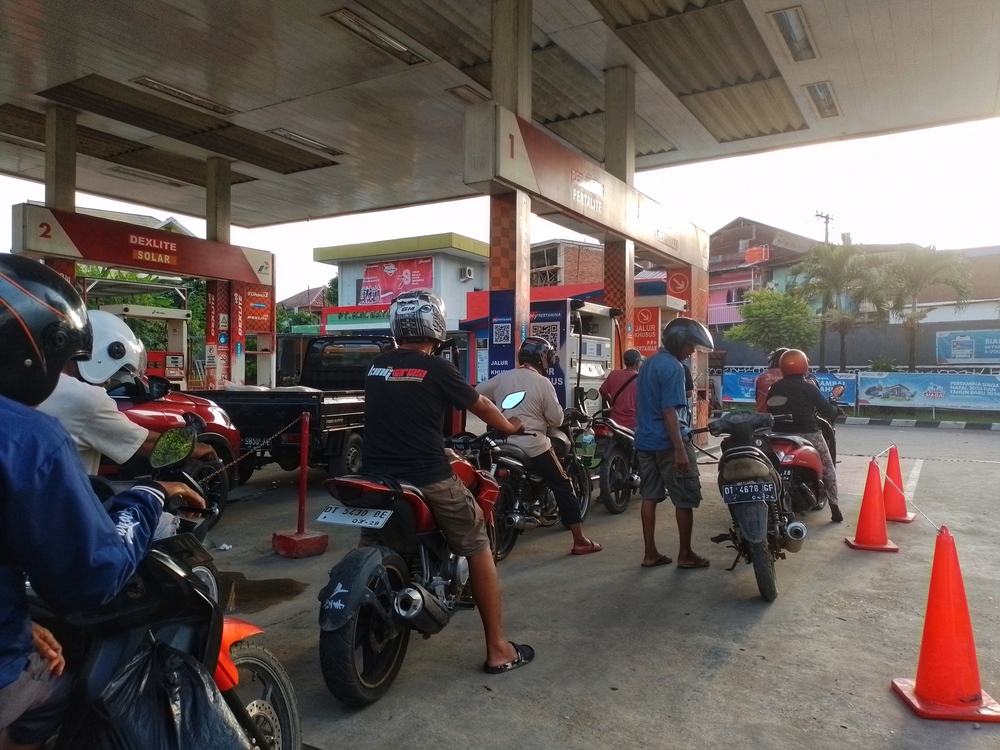
Pumping gas in poorly ventilated areas increases the risk of inhaling toxic fumes and can lead to dangerous gas vapor accumulation. Always ensure you are in a well-ventilated area to avoid exposure to harmful fumes. Proper ventilation helps dissipate gasoline vapors, reducing the risk of fire and ensuring a safer refueling environment.
Not Securing the Fuel Cap Properly
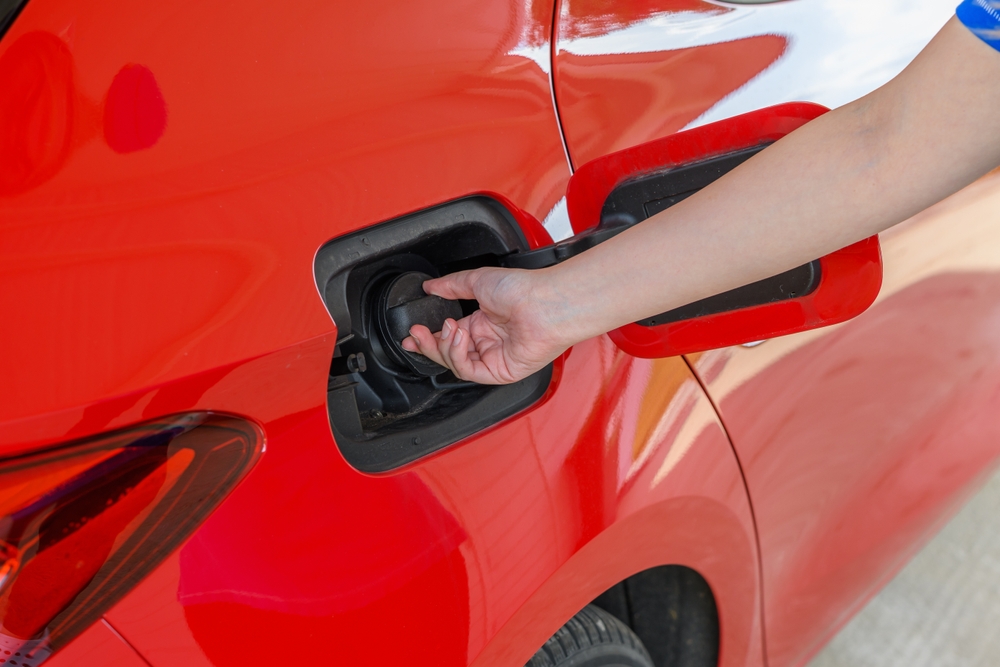
Not securing the fuel cap properly after refueling can cause fuel vapors to escape, increasing the risk of fire and contributing to air pollution. An improperly sealed cap can also trigger the check engine light and lead to fuel system problems. Always ensure the fuel cap is tightly secured to prevent leaks and maintain the integrity of your vehicle’s fuel system.
Wearing Inappropriate Clothing
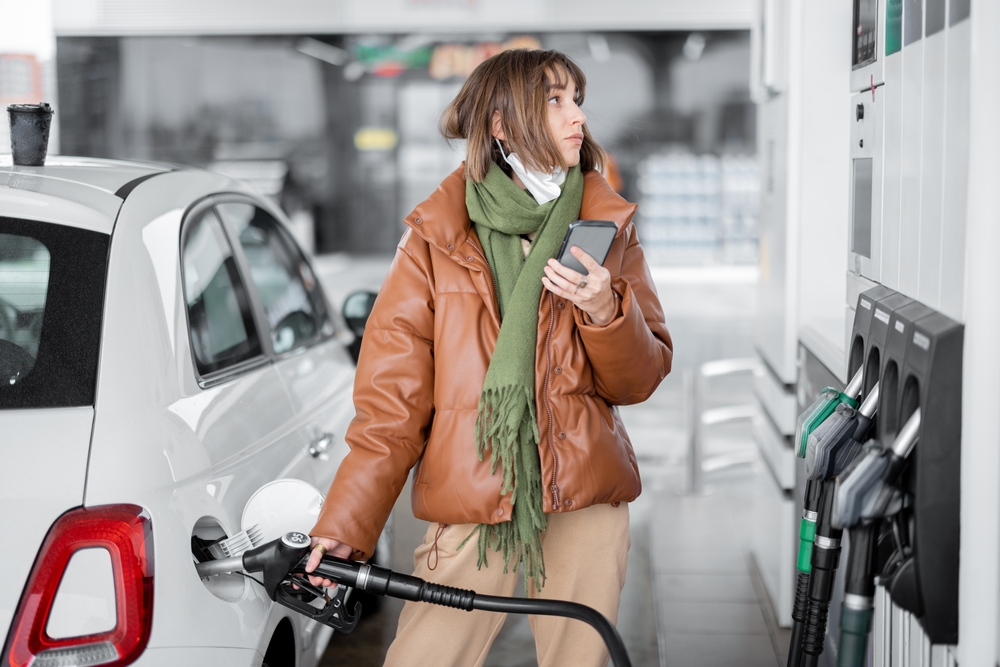
Wearing clothing that can generate static electricity, such as wool or synthetic fibers, can be dangerous while pumping gas. Static discharge can ignite gasoline vapors. Opt for natural fibers like cotton when refueling to minimize this risk. Additionally, avoid dragging or shuffling your feet on the ground, as this can also generate static electricity.
Ignoring Leaks and Spills
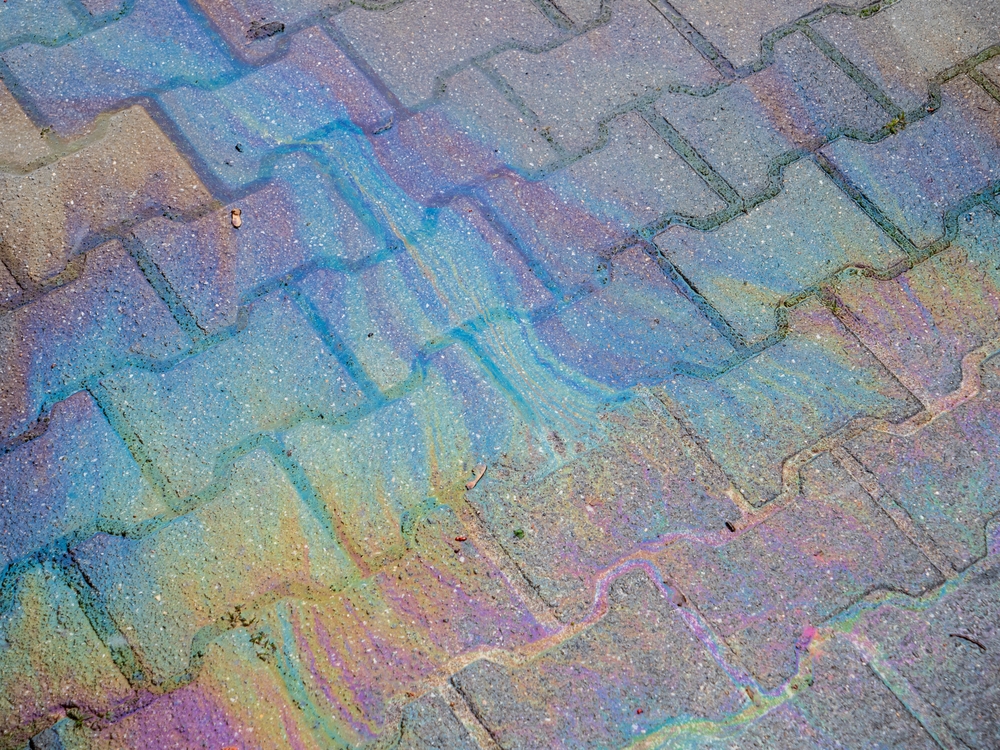
Ignoring fuel leaks and spills can lead to serious fire hazards and environmental damage. If you notice any leaks or spills, alert the gas station staff immediately and take steps to clean up the spill safely. Prompt action can prevent accidents and reduce the environmental impact of spilled gasoline.
This article originally appeared on MyCarMakesNoise.
More from MyCarMakesNoise
23 Most Reliable Trucks for Lifelong Performance

Selecting a truck that combines durability with reliability ensures that it can handle both the rigors of daily tasks and the challenges of heavy-duty work. From rugged off-road adventurers to dependable workhorses, certain trucks have established themselves as lasting partners, built to endure through years of service. Read More
20 Underrated Destinations for Road Trip Lovers

Embark on a journey off the beaten path with our guide to America’s backroads—hidden gems that promise unforgettable road trip experiences. From breathtaking natural landscapes to quaint small towns, these lesser-known routes offer a unique way to explore the beauty and diversity of the United States. Read More
13 Classic Chevrolet Cars That Failed to Impress

When it comes to classic cars, not every model becomes a beloved icon. Chevrolet, a powerhouse in the automotive industry, has had its fair share of hits and misses over the decades.While many Chevys have won the hearts of car enthusiasts worldwide, some models missed the mark by a wide margin. Read More



